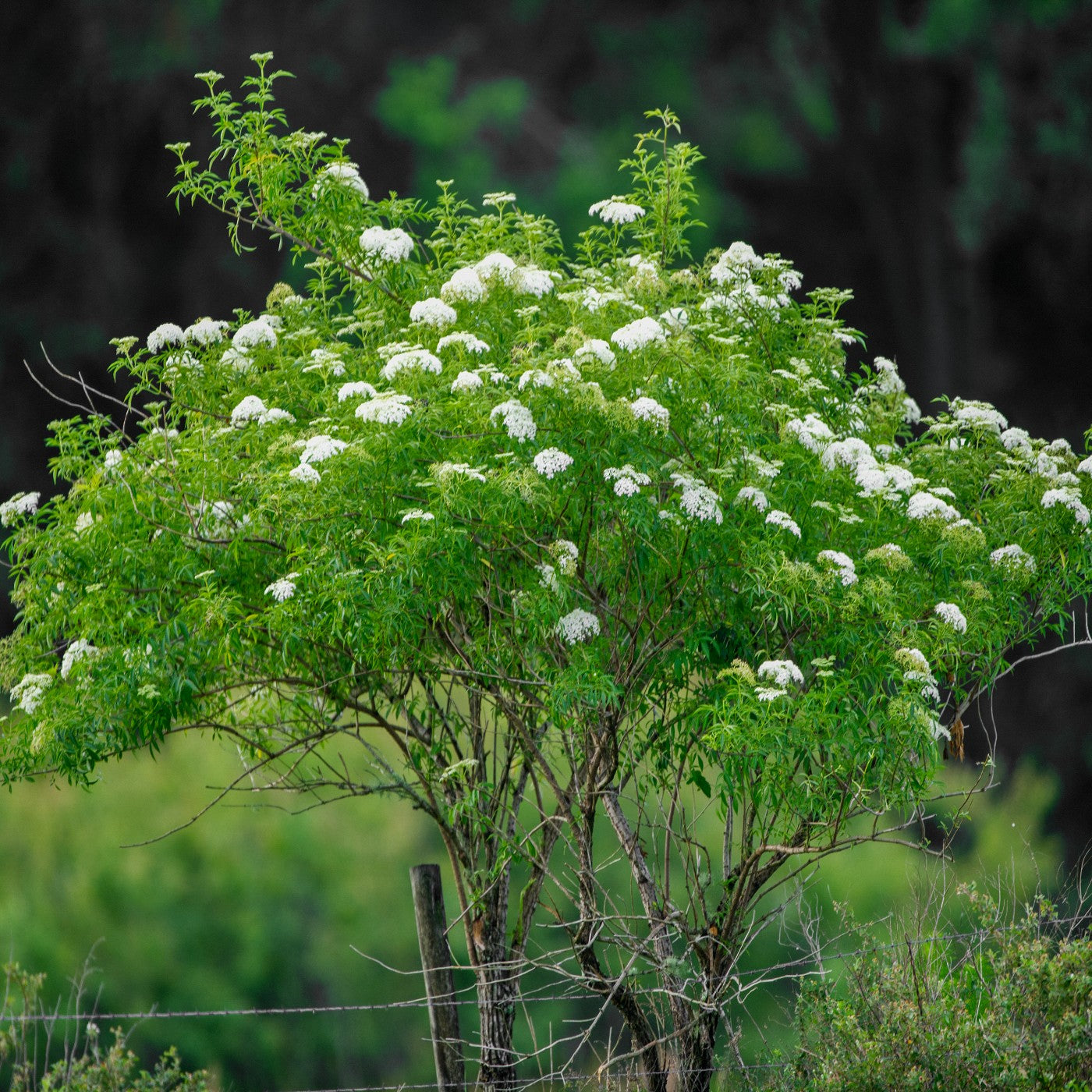The Wonderful World of Elderberry plants
Ever stumbled upon a bush loaded with dark, purplish-black berries and wondered what they were? Chances are, you’ve seen an elderberry plant! These unassuming shrubs or small trees are more than just pretty; they’re packed with history, folklore, and a whole lot of good stuff. For centuries, folks around the globe have recognized the power of elderberries, using them for everything from making delicious jams and wines to traditional remedies.
A Bit About the Plant Itself
Elderberry plants, belonging to the genus Sambucus, are found in various parts of the world, including North America, Europe, Asia, and even parts of Africa and Australia. They’re pretty adaptable and can grow in a range of conditions, often popping up in woodlands, along hedgerows, and in disturbed areas. You’ll usually spot them with their characteristic clusters of small, white or creamy flowers in the late spring or early summer. These flowers are not only beautiful and fragrant but are also edible and can be used to make cordials and fritters.

The Star of the Show: The Berries
Of course, the real stars of the elderberry plant are its berries. These little powerhouses ripen in late summer or early fall, turning a deep, dark purple or black. It’s important to note that raw elderberries can be a bit unpleasant and even slightly toxic due to the presence of cyanogenic glycosides. That’s why they’re almost always cooked before being eaten. Cooking not only improves their flavor but also neutralizes those potentially harmful compounds.
Elderberries Through History and Folklore
Elderberries have a rich history intertwined with human culture. Ancient Egyptians reportedly used them for various ailments, and in European folklore, the elder tree was often considered sacred, believed to have protective properties against evil spirits. People would even plant them near their homes for good luck. This deep connection to human history speaks volumes about the plant’s significance throughout the ages.

Why All the Fuss About Elderberries?
So, what makes these little berries so special? Well, they’re brimming with beneficial compounds, particularly antioxidants like anthocyanins. These are the same compounds that give blueberries and other dark fruits their vibrant colors and are known for their potential to fight off damage from free radicals in the body. This antioxidant power is a big reason why elderberries have gained attention in the health and wellness world.
Elderberries and Wellness
While they’re not a magic cure-all, elderberries have been traditionally used to support the immune system. Studies have suggested that compounds in elderberries may help to reduce the duration and severity of common illnesses. This has made them a popular ingredient in syrups, lozenges, and other natural remedies, especially during cold and flu season. It’s always a good idea to chat with your doctor before using elderberry supplements, especially if you have any underlying health conditions or are taking other medications.
Beyond Wellness: Culinary Uses
Elderberries aren’t just about health; they can also be quite delicious when prepared correctly. They’re commonly used to make jams, jellies, pies, and even flavorful wines and cordials. Their slightly tart and earthy flavor adds a unique twist to sweet and savory dishes alike. If you’re feeling adventurous, you can even try making elderflower fritters in the spring – a true taste of nature!
Growing Your Own Elderberries
If you have the space, growing your own elderberry plant can be a rewarding experience. They’re relatively easy to care for and can add beauty to your garden while providing you with a supply of berries (and flowers!). Just make sure you choose a variety that’s well-suited to your local climate and give it enough space to grow.
Conclusion: The Enduring Appeal of Elderberries
From their historical significance and folklore to their potential wellness benefits and culinary versatility, elderberry plants have a lot to offer. These unassuming shrubs hold a wealth of natural goodness and continue to capture our attention with their rich history and promising properties. Whether you’re interested in their traditional uses, exploring their potential health benefits, or simply curious about the dark berries you’ve spotted in the wild, the elderberry plant is a fascinating subject with a story that continues to unfold.
Frequently Asked Questions About Elderberries
Are all parts of the elderberry plant safe to eat?
No, it’s crucial to remember that only the ripe, cooked berries and the cooked flowers of certain Sambucus species are generally considered safe to eat. The leaves, stems, and unripe berries contain cyanogenic glycosides, which can be toxic if ingested. Always ensure elderberries are properly cooked before consumption.
How can I use elderberries for wellness?
Elderberries are often used in the form of syrups, lozenges, teas, and supplements to potentially support the immune system. Many people take them at the first sign of a cold or flu. However, it’s important to consult with a healthcare professional before using elderberry products, especially if you have any pre-existing health conditions or are taking other medications.
What do elderberries taste like?
Raw elderberries can be quite tart and slightly bitter. However, when cooked and sweetened, they develop a rich, slightly earthy, and fruity flavor that’s often described as a cross between blackberries and raspberries with a hint of something unique.
Where can I find elderberry plants?
Elderberry plants can be found growing wild in many parts of the world, particularly in temperate regions. They often thrive in sunny or partially shaded areas with moist, well-drained soil. You can also purchase elderberry plants from nurseries if you’re interested in growing your own.
Can I use dried elderberries?
Elderberry Plant
